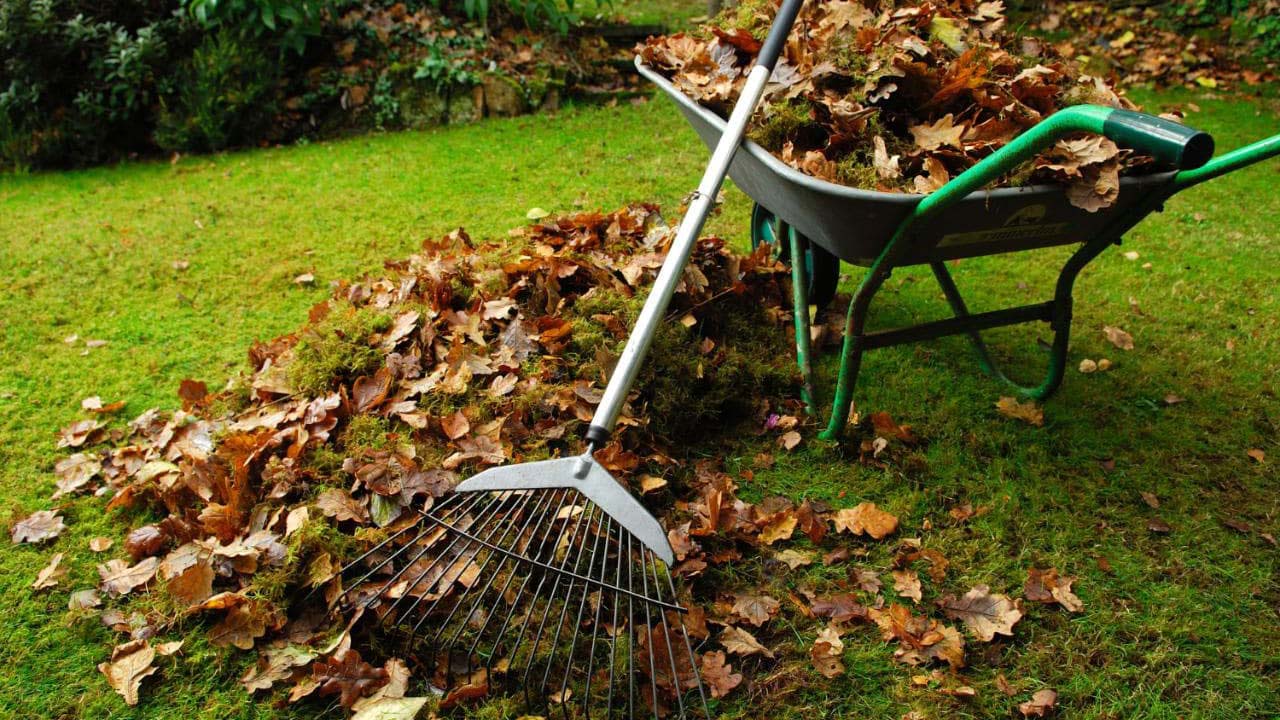Cleaning up your garden in the fall can turn gardening in the spring from a job into a pleasant activity. Doing little spring cleaning in the garden can also help prevent illnesses, bugs, and weed seeds from overwintering and generating difficulties as the weather warms up. Cleaning up the garden in preparation for winter not only helps you to devote more time in the spring to the more enjoyable aspects of gardening, but it also creates a fresh start for the growth of perennials and vegetables.
Preparing The Garden For The Coming Of Winter
The elimination of potentially problematic diseases and insects is a crucial component of the autumn cleanup process. When you rake old leaves and trash, you were removing a hiding spot for overwintering insects & pests. This is especially important if you live in an area that experiences harsh winters. Diseases like fungal spores can find a safe haven in the dead plant material that is left behind, and these spores can then infect the new plants that are grown in the spring. In addition, when cleaning up the yard, you should also maintain the compost pile & follow the appropriate procedures to avoid mould and seed bloom.

The compost pile needs to be emptied and spread out before it can serve its purpose of protecting tender perennial plants, adding a layer of protection against weeds, and providing nutrients. You should add the leaves and other trash that you picked up to the compost pile, as well as any compost which was not completely done. When you clean out the garden vegetable beds, you will be able to till in several of the compost & start preparing them for the spring planting season.
In most zones, the perennial garden could be raked, weeded, & pruned with relative ease. In USDA plant hardiness zones lower than 7, it is OK to keep the debris on the ground as a protective cover for fragile perennials.
The fall clean up will benefit all other areas, both cosmetically and in terms of the amount of time it saves in the spring. When you clean up your garden perennials, you will have the opportunity to categories your plants, which will be helpful when you are planning to order or acquire new goods.
Cleaning Gardens Schedule
The inexperienced gardener may be unsure of exactly when each task should be completed. In most circumstances, it is just plain obvious. As soon as the plant is no longer producing vegetables, it should be uprooted. When a perennial no longer produces blooms, it should have its foliage and stems trimmed back. The activities of raking, weeding, and tending to the compost pile are included in the weekly requirements for maintaining a garden.
When clearing out the garden, make sure not to forget about the bulbs and the more delicate plants. It is necessary to dig up and replant any plant in your zone that does not have a chance of surviving the winter.
After that, they are placed in a location where they will not freeze, such as the basement or the garage. The bulbs that are unable to survive the winter are dug up, the foliage is cut back, the bulbs are allowed to dry for a few days, and then they are placed in paper bags. They should be allowed to recuperate in a dry environment until spring.
Methods Of Pruning Employed When Performing Garden Spring Cleaning
It is difficult to refrain from shaping & pruning hedges, topiaries, & other plants when other elements of the landscape come under control and become more organized. It is not a good idea to do this since it promotes the creation of new growth, which is more susceptible to temperatures that are lower. For the majority of evergreen & broad leaf evergreen plants, you should wait until they were dormant or until early spring.
Do not prune plants that bloom in the spring till after they have finished blossoming. At any point during the year, dead or broken pieces of plant life might be removed from garden plants that need to be cleaned up.

